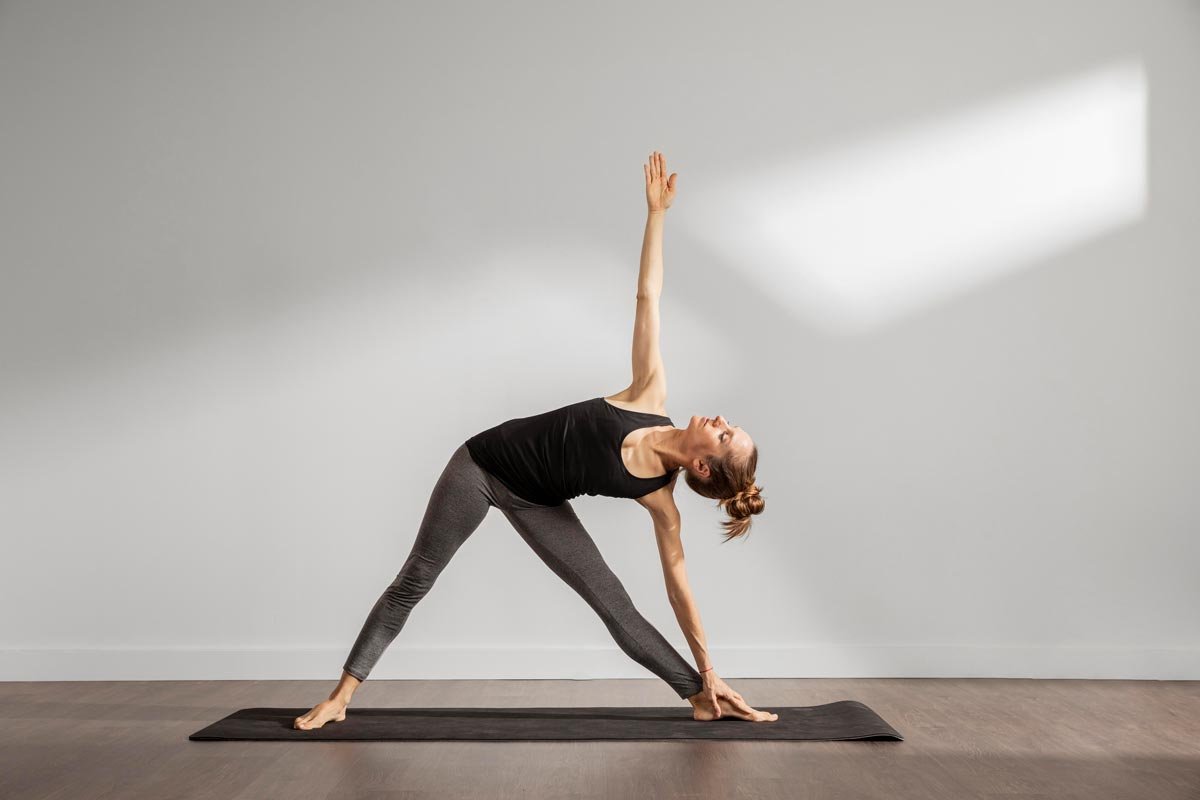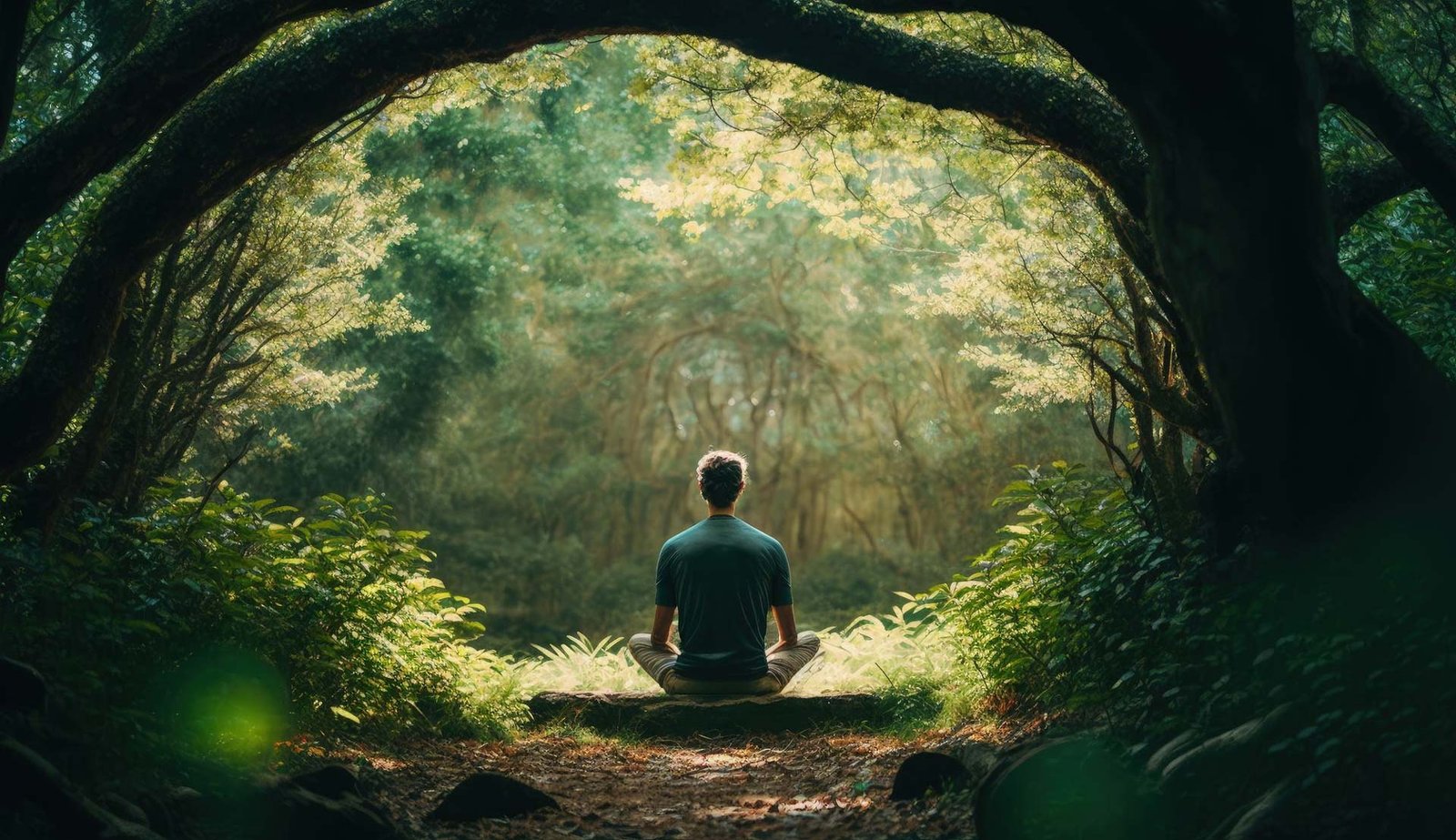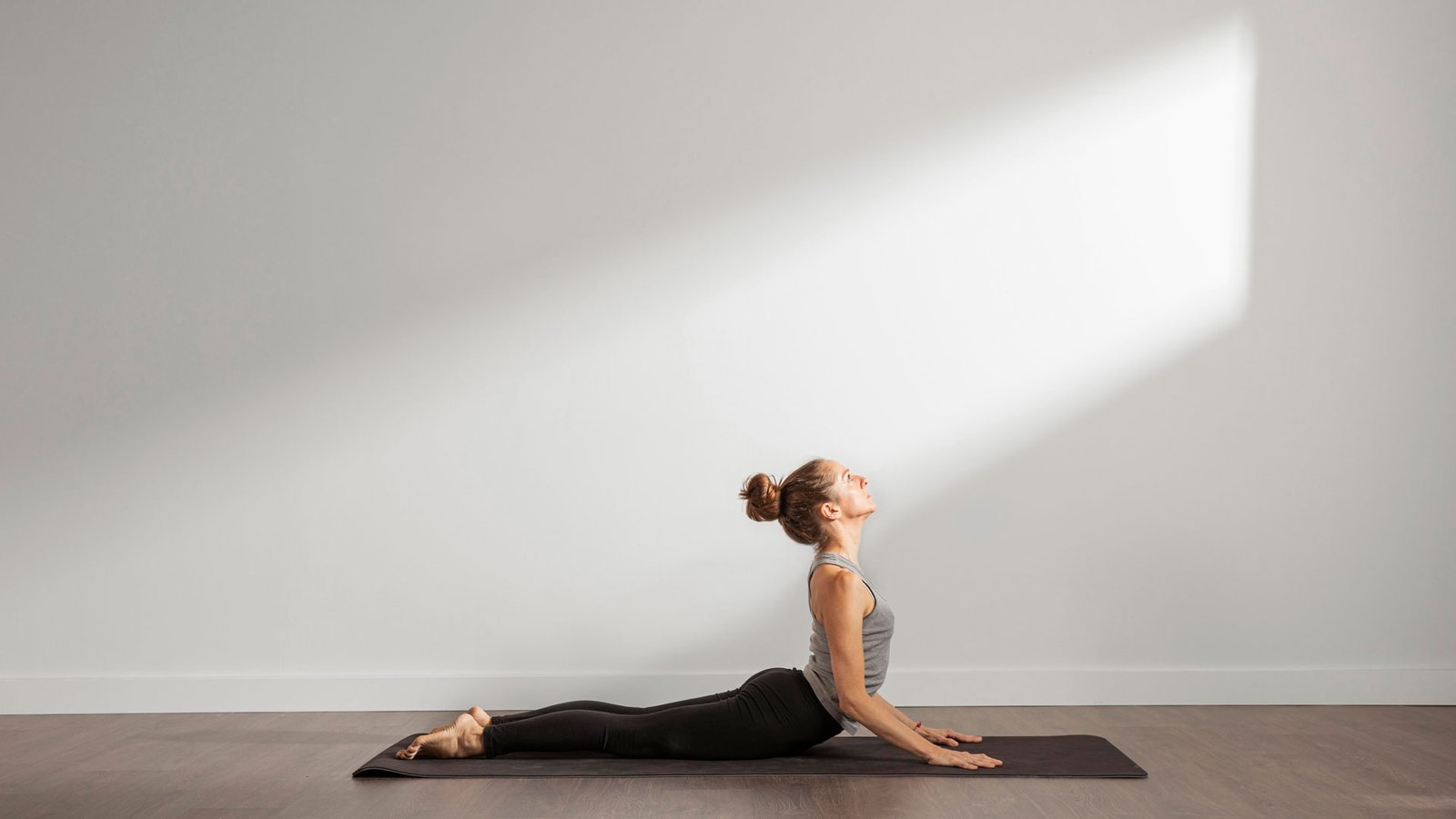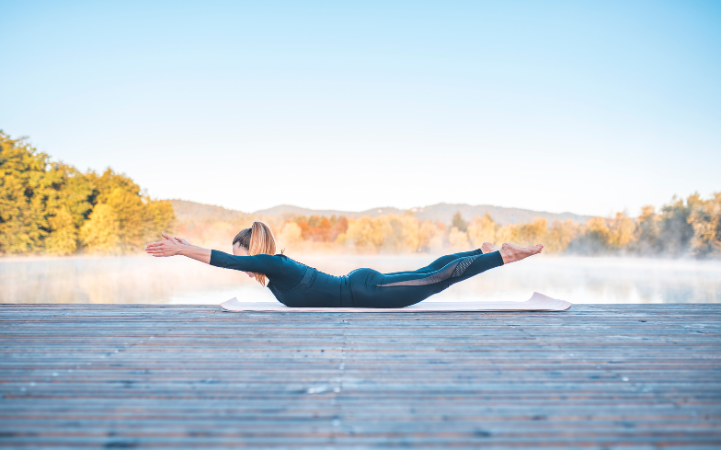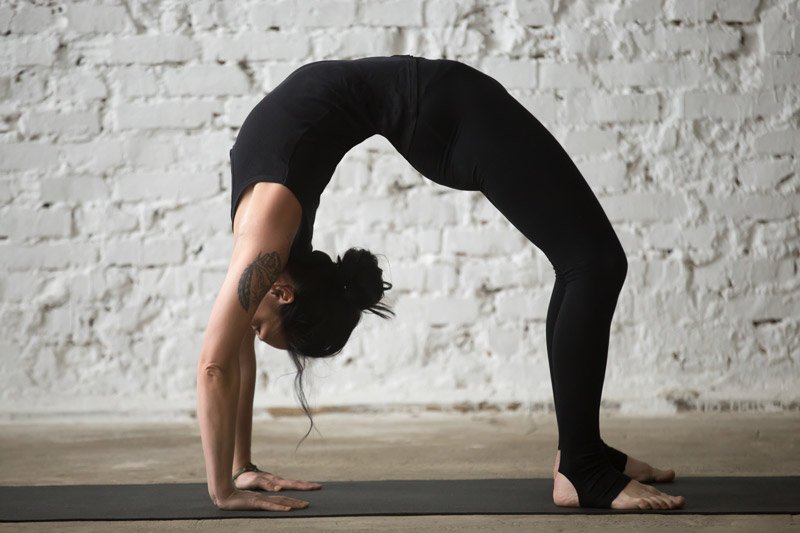Trikonasana, or Triangle Pose, is a classic standing yoga pose that combines lateral stretching with grounding stability. The name is derived from the Sanskrit words trikona (triangle) and asana (pose), symbolizing the triangular shapes created by the body during the posture. This asana is widely practiced for its ability to strengthen, stretch, and invigorate the body while improving overall balance and alignment.
Steps to Perform Trikonasana
- Starting Position: Stand in Tadasana (Mountain Pose), with your feet together and arms at your sides.
- Spread Your Legs: Step your feet about 3 to 4 feet apart, ensuring your weight is evenly distributed between both legs.
- Turn Your Feet: Turn your right foot 90 degrees outward, pointing toward the short edge of your mat. Turn your left foot slightly inward at a 15-degree angle. Align the heel of your right foot with the arch of your left foot.
- Align Your Hips and Torso: Keep your hips and torso facing forward. Engage your core and lengthen your spine.
- Extend Your Arms: Raise your arms to shoulder height, parallel to the ground, with palms facing down.
- Bend at the Hips: Inhale deeply. On the exhale, reach your right arm toward your right foot, bending at the hips while keeping your torso straight. Avoid collapsing the chest.
- Place Your Hand: Rest your right hand on your shin, ankle, or the floor (depending on your flexibility). Avoid putting weight on the hand; it should lightly rest.
- Extend the Opposite Arm: Stretch your left arm upward, in line with your shoulders. Look up at your left hand, or gaze forward if it’s more comfortable.
- Hold the Pose: Maintain the position for 20–30 seconds while breathing deeply and evenly. Focus on elongating both sides of your torso.
- Switch Sides: Inhale as you return to the starting position, and repeat the pose on the opposite side.
Benefits of Trikonasana
- Improves Flexibility: Stretches the hamstrings, hips, and spine, enhancing overall flexibility.
- Strengthens the Body: Builds strength in the legs, knees, ankles, and core muscles.
- Enhances Balance and Stability: Engages stabilizing muscles, improving coordination and balance.
- Boosts Digestion: The lateral stretch massages the abdominal organs, aiding digestion and relieving constipation.
- Alleviates Back Pain: Helps alleviate mild back pain and strengthens the lower back when performed correctly.
- Improves Posture: Encourages proper spinal alignment, counteracting the effects of prolonged sitting.
- Stimulates Energy Flow: Activates the nervous system and energizes the body by improving blood circulation.
Tips for Practicing Trikonasana
- Focus on Alignment: Ensure your chest and hips remain open, avoiding the tendency to collapse the torso.
- Engage Core Muscles: Activating your core supports the spine and prevents overextension.
- Modify if Necessary: Use a yoga block under your bottom hand if reaching the floor is difficult.
- Steady Your Gaze: Look at your top hand or forward to maintain balance and avoid strain on the neck.
- Move Mindfully: Avoid rushing into the pose. Enter and exit it with control to prevent injury.
Cautions and Contraindications
- Neck Problems: Avoid turning your head upward if it causes strain; keep your gaze forward instead.
- Low Back Pain or Injury: Practice with caution, and avoid bending too far to prevent aggravating any existing issues.
- Balance Issues: Use a wall for support if you feel unsteady.
- High or Low Blood Pressure: Those with high blood pressure should avoid gazing upward, while those with low blood pressure should rise slowly from the pose to avoid dizziness.
- Pregnancy: Pregnant practitioners should modify the pose to avoid twisting the torso and ensure adequate support.
Trikonasana is a holistic yoga posture that integrates strength, flexibility, and mindfulness. Its unique lateral stretch promotes balance and coordination while fostering physical and mental harmony. With consistent practice, this pose can bring vitality to the body, calm the mind, and improve your overall yoga practice. Always listen to your body and practice with mindfulness, ensuring modifications are made to suit your individual needs.


